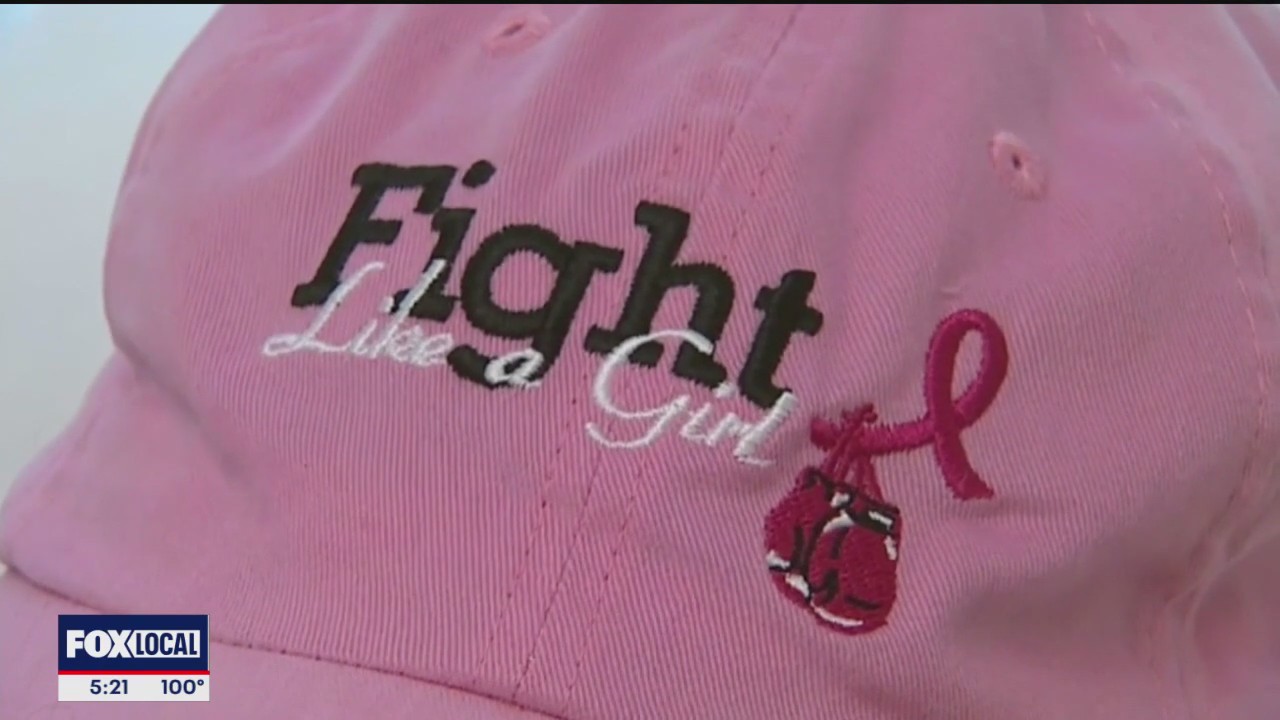
Background Poorly controlled diabetes is a predictor of chemotherapy induced peripheral neuropathy (CIPN) and hyperglycemia may mediate CIPN risk. We evaluated the association between hyperglycemia and CIPN development. Findings Methods: This was a secondary analysis of the CONTRoL trial, which randomized patients with Stage I-III breast cancer receiving taxane chemotherapy to cryotherapy, compression therapy, or placebo. CIPN data was obtained from the FACT-NTX survey which patients completed at baseline, week-12, and week-24. Hyperglycemia (glucose ≥ 140 mmol/L) was assessed using random glucose values obtained throughout trial duration. We included patients who completed FACT-NTX at baseline and week-12. Patients were divided into two groups based on CIPN development. For each group we calculated the proportion of patients with hyperglycemia and mean glucose values; 95% confidence intervals were constructed. Results Fifty-nine patients met inclusion criteria; 34 patients developed CIPN and 25 did not. Hyperglycemia occurred in 47.1% vs. 36.0% of patients who developed CIPN vs. those who did not (p = 0.56). Mean glucose was numerically but not significantly higher in patients with CIPN compared to those without at all timepoints, most notably at week-12 (132.2 mg/dL vs. 122.9 mg/dL p = 0.47). Conclusions In this analysis, hyperglycemia affected almost half of patients with CIPN versus about a third of patients without CIPN. Patients with CIPN also had higher mean glucose levels compared to those without CIPN, though the differences were not significant. No conclusions can be drawn from these results and further research is needed to assess these trends in a larger prospective patient population.











 English (US) ·
English (US) ·